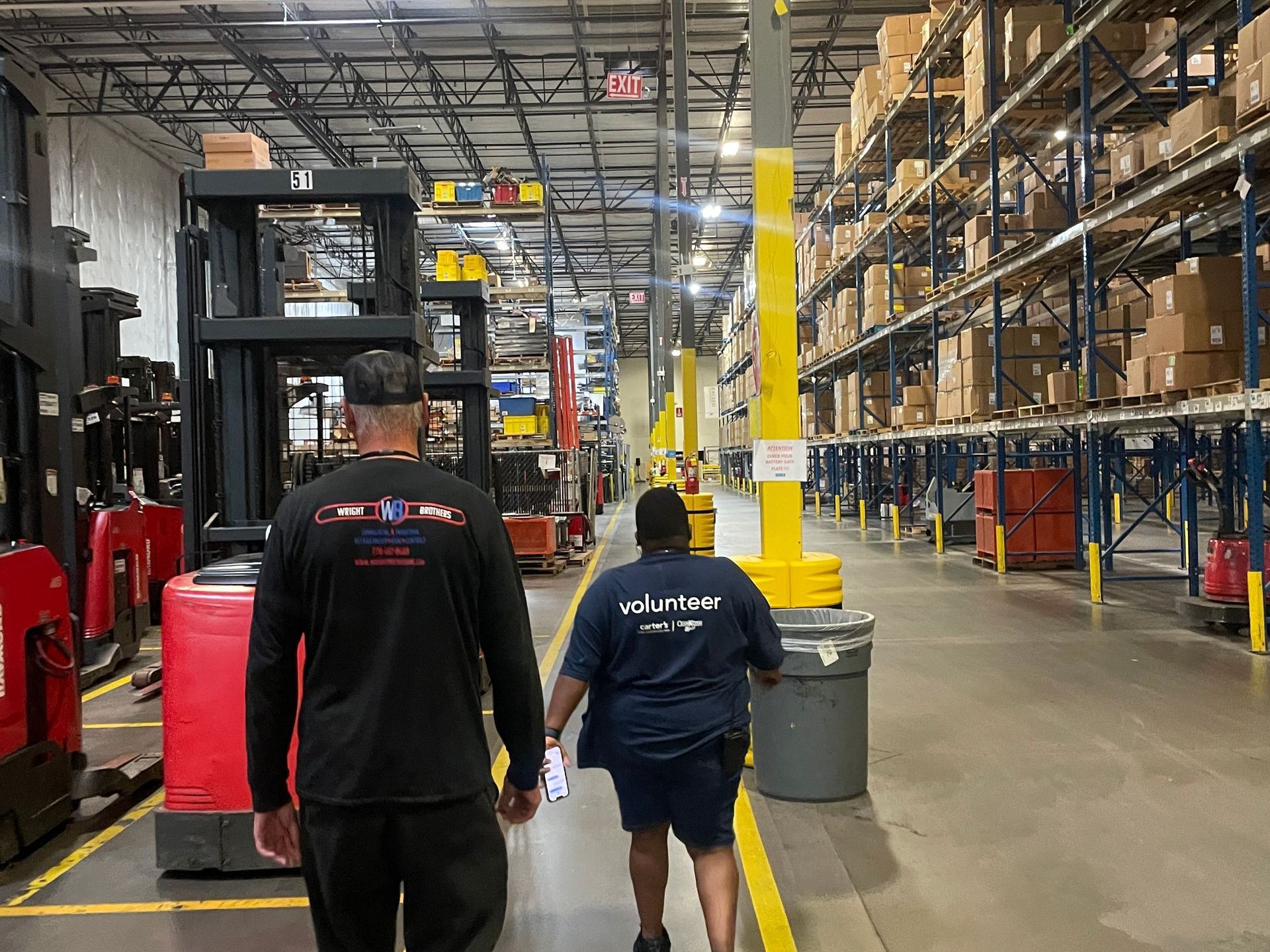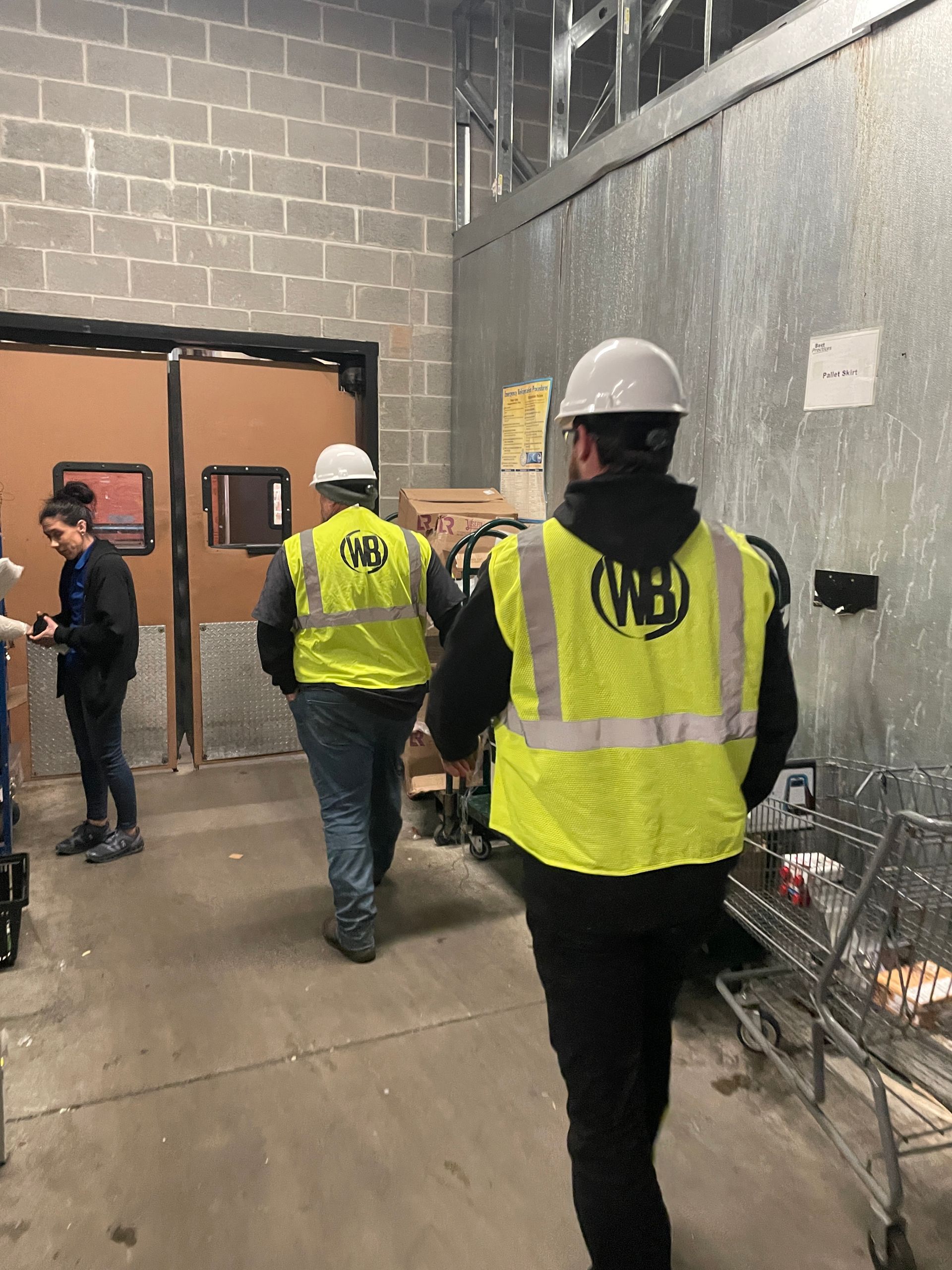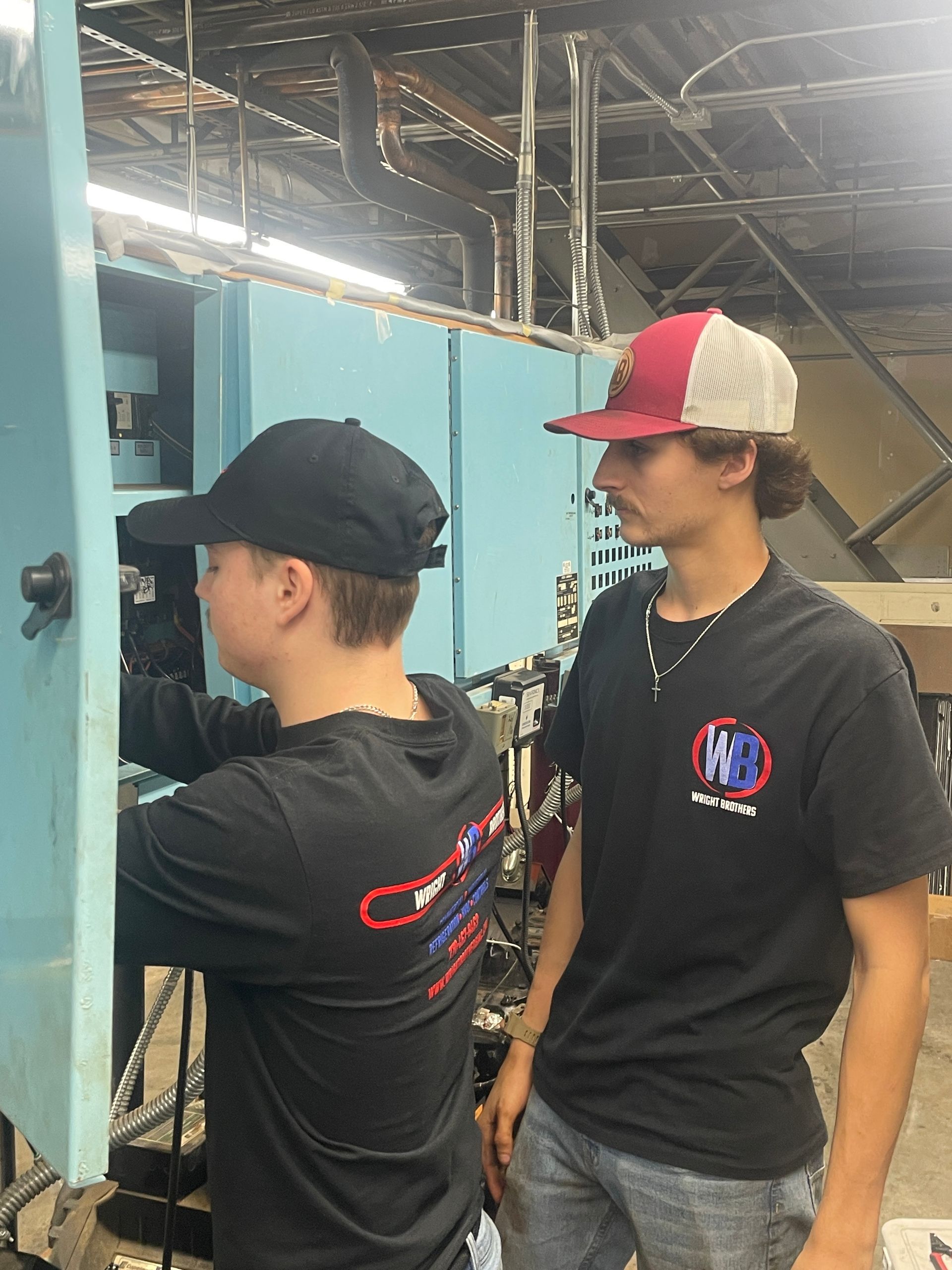Maintenance Built for Commercial Loads and Continuous Operation
Unlike comfort cooling systems, refrigeration runs 24/7. That means component wear, pressure drift, and control errors accumulate faster — and cause more damage if they go unnoticed.
Our preventive maintenance programs are built around real commercial conditions: heavy usage, fluctuating demand, sensitive inventory, and compliance obligations. We perform structured inspections on low-temp and medium-temp systems, rack-mounted installations, walk-ins, reach-ins, prep units, and more — including their controls, defrost logic, and airflow systems.
Each visit includes:
- Evaporator coil inspection and cleaning to ensure proper heat exchange and airflow
- Refrigerant pressure and superheat readings to monitor charge stability and compressor performance
- Electrical testing on contactors, relays, and overloads to prevent nuisance trips and hard-start failures
- Compressor amp draw and temperature analysis to detect motor fatigue or imbalance
- Defrost timer and termination sensor testing (mechanical and adaptive logic)
- Control system check and alarm verification for KE2, Danfoss, Emerson, or standalone setups
- Drain line and pan inspections to prevent water overflow and microbial growth
- Case temperature logging and trend review to spot issues before they trip alarms
Every maintenance visit concludes with a written report detailing work performed, system health, and any recommended repairs or monitoring items.
Tailored Plans, Not One-Size-Fits-All
Different operations have different risks. A foodservice kitchen needs predictable defrost and quick pull-down. A vaccine room needs precise holding temps and data logging compliance. A cold-storage warehouse might need seasonal adjustment based on inventory volume or outdoor heat load.
That’s why we design custom refrigeration maintenance plans for every client. Monthly, quarterly, or seasonal service — we schedule based on your usage profile, regulatory needs, and system type.
And because we track your service history, we can help identify aging components that may not be an issue yet — but will be. This helps our clients forecast capital improvements, align maintenance with budget cycles, and avoid unplanned outages that could put operations or inventory at risk.







